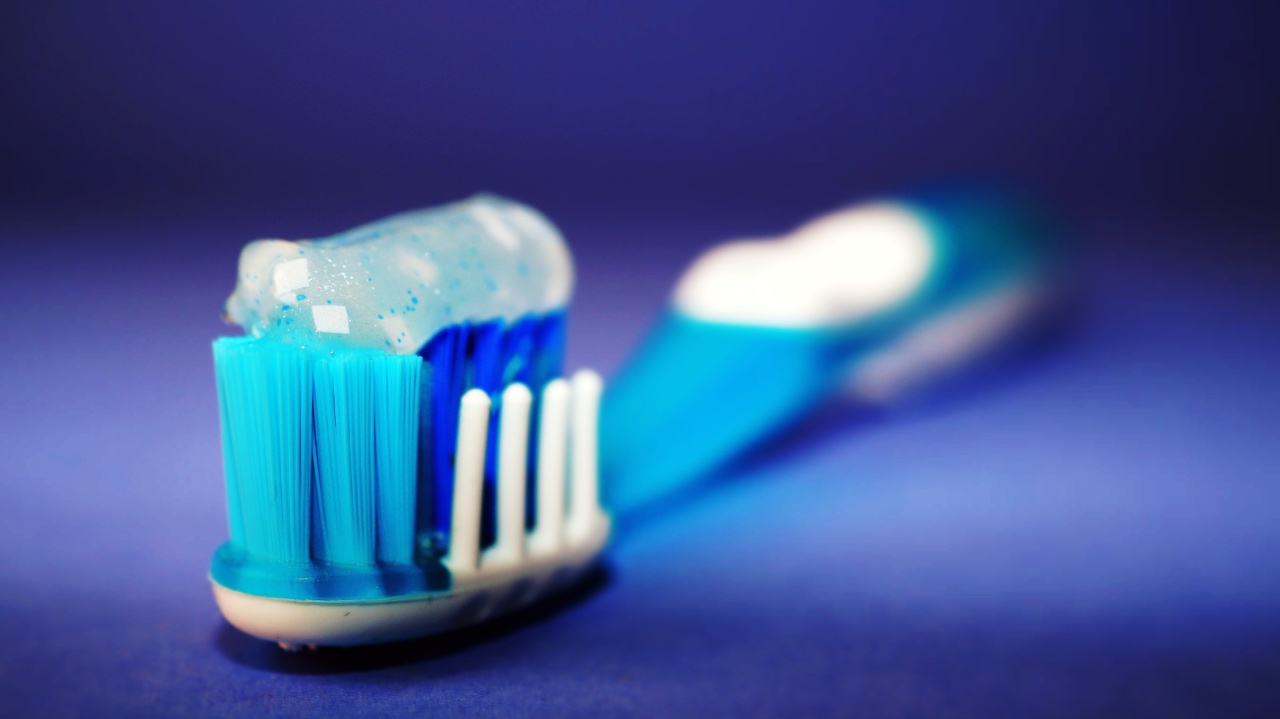When it comes to oral hygiene, brushing our teeth with toothpaste is an essential part of our daily routine.
But have you ever wondered what ingredients are actually present in your toothpaste? While the main purpose of toothpaste is to clean our teeth and freshen our breath, many commercial toothpaste brands also include various other ingredients that might surprise you. In this article, we will delve into the key components found in toothpaste and their effects on our oral health.
The Main Ingredients in Toothpaste
1. Fluoride.
Fluoridated toothpaste is the most commonly used type of toothpaste. Fluoride plays a vital role in preventing tooth decay by strengthening the enamel on our teeth and making them more resistant to acid attacks caused by plaque and sugary food.
However, excessive fluoride consumption can lead to dental fluorosis, a condition characterized by mottling or discoloration of the tooth enamel.
2. Abrasives.
Toothpaste contains abrasive substances that help in removing dental plaque and surface stains from our teeth. Common abrasives found in toothpaste include calcium carbonate, dehydrated silica gels, hydrated aluminum oxides, and baking soda.
While these abrasives are generally safe to use, excessive and aggressive brushing can lead to enamel erosion and tooth sensitivity.
3. Humectants.
Humectants, such as glycerin and sorbitol, are added to toothpaste to prevent it from drying out. These ingredients retain moisture and ensure the smooth flow and consistency of the toothpaste.
However, the sticky nature of humectants might encourage the adherence of bacteria and food particles to the teeth if not rinsed properly.
4. Surfactants.
Surfactants, such as sodium lauryl sulfate (SLS), are responsible for the foaming action of toothpaste. They help in spreading the toothpaste evenly throughout the mouth and aid in removing debris and stains from the teeth.
Some individuals may be sensitive to SLS and experience mouth ulcers or skin irritation.
Additional Ingredients to Enhance Oral Health
1. Antibacterial Agents.
Many toothpaste brands include ingredients like triclosan and copolymer to provide antibacterial properties. These agents help in reducing the bacterial growth responsible for gum disease and bad breath.
However, excessive reliance on antibacterial toothpaste may lead to antibiotic resistance and have long-term effects on our overall oral microbiome.
2. Desensitizing Agents.
People with sensitive teeth often turn to desensitizing toothpaste that contains potassium nitrate or strontium chloride. These ingredients help in blocking the pathways that transmit pain signals from the tooth surface to the nerves.
Regular use of desensitizing toothpaste can provide relief from tooth sensitivity.
3. Flavoring Agents.
Flavoring agents, such as mint or spearmint oils, are added to toothpaste to provide a refreshing taste and fresh breath after brushing.
However, artificial flavors and sweeteners may cause allergic reactions in some individuals or contribute to the development of dental caries if not rinsed thoroughly.
4. Preservatives.
Toothpaste contains preservatives, such as parabens, to prevent the growth of bacteria, fungi, and yeast in the product. These preservatives help maintain the integrity and shelf life of toothpaste.
While preservatives are necessary, some individuals may have sensitivities or allergies to certain types of preservatives.
Choosing the Right Toothpaste
With so many toothpaste options available in the market, it can be overwhelming to pick the right one for your specific needs. Here are some factors to consider while choosing toothpaste:.
1. Fluoride Content.
Check if the toothpaste contains the recommended amount of fluoride (usually between 1000 to 1500 parts per million). This will ensure adequate protection against tooth decay without risking fluorosis.
2. ADA Seal of Approval.
Look for toothpaste brands with the American Dental Association (ADA) seal of approval. This indicates that the toothpaste has undergone rigorous testing for safety and effectiveness.
3. Personal Needs.
If you have specific oral health concerns, such as sensitive teeth or gum disease, opt for toothpaste formulated to address those issues. Consult with your dentist for personalized recommendations.
The Importance of Regular Brushing
Remember, regardless of the specific toothpaste you choose, the most crucial aspect is maintaining a consistent oral hygiene routine. Brush your teeth at least twice a day for two minutes each time, using a soft-bristled toothbrush.
Don’t forget to floss daily and visit your dentist regularly for check-ups and professional cleanings. Good oral hygiene practices, along with a balanced diet, are key to achieving optimal oral health.


























